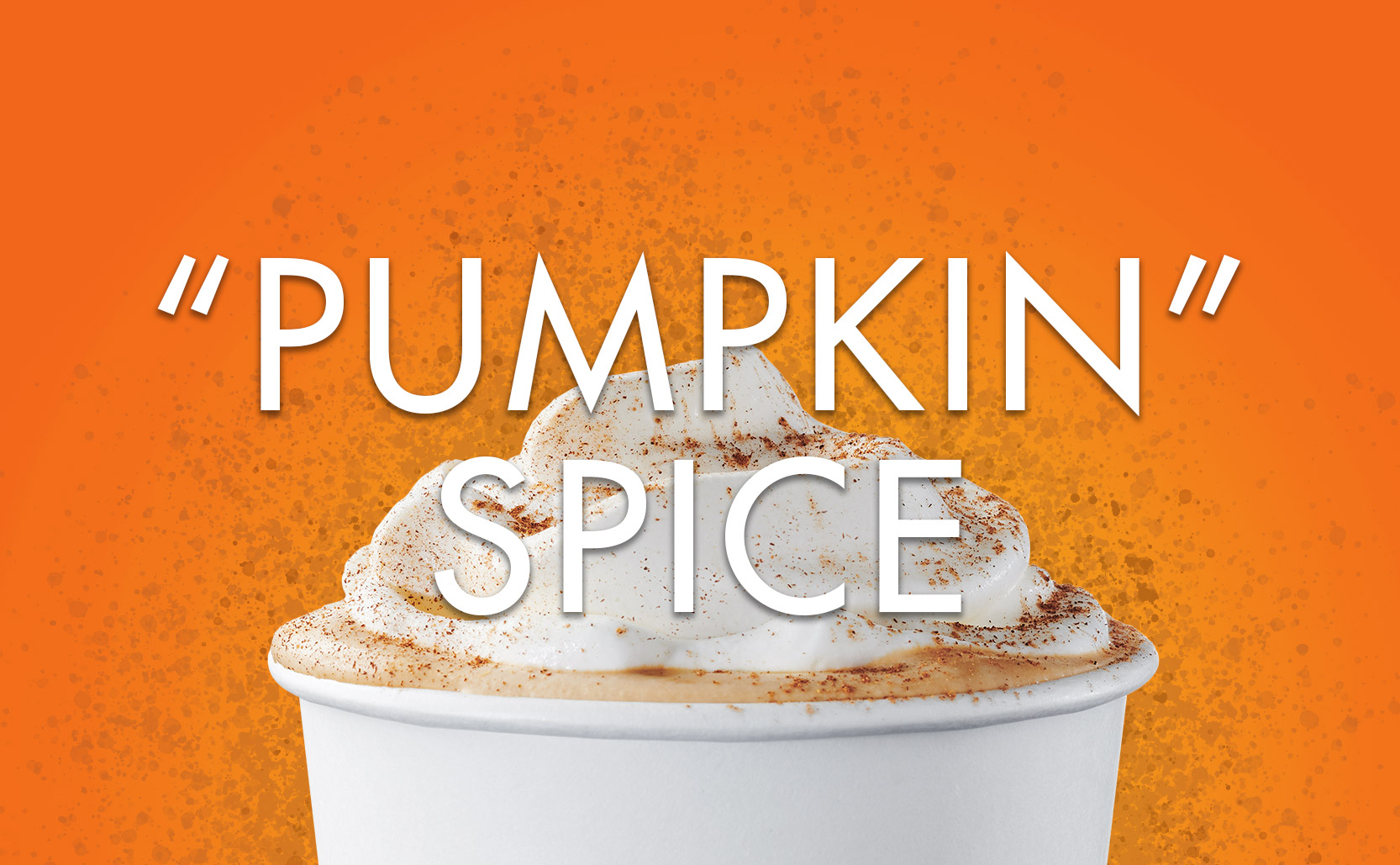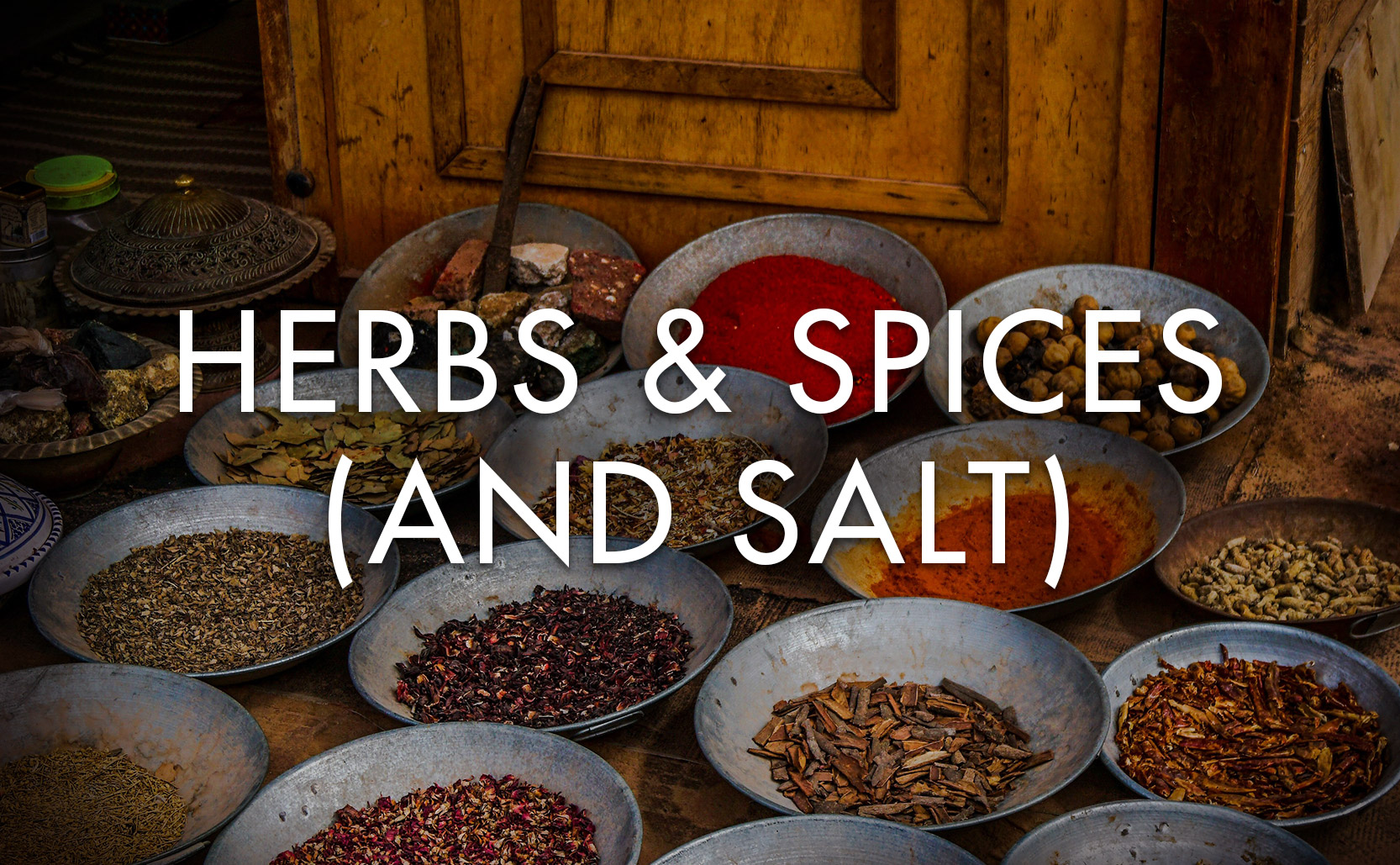“Pumpkin” Spice
The autumnal flavor designed to resemble the spices in freshly baked pumpkin pie (but doesn’t contain any actual pumpkin).
To start, pumpkin spice does not contain pumpkin. Rather, it is a spice blend of cinnamon, ginger, allspice, nutmeg, & clove which is used as an ingredient in pumpkin pies. This spice mix (or variations of it) goes back to Colonial America. Today though, instead of real spices, most commercially produced foods use pumpkin spice flavoring made from chemicals to simulate these spices and to replicate the taste of a freshly baked pumpkin pie.
One reason a synthetic flavoring is used (in lattes for example) is that using the actual spices make a latte taste a bit more like Indian masala tea (chai tea) instead of pumpkin pie. Synthesized pumpkin spice flavoring has been engineered to taste like the spices after they have been transformed by the pie baking process. Other reasons for using a synthetic flavor are reliability (the flavor is the same every time) and cost (synthetic flavoring is a lot cheaper than using actual spices).
He who controls the spice controls the universe
The craze for all things pumpkin spice began in 2003 with the limited release of Starbucks’ specialty seasonal drink, the Pumpkin Spice Latte (PSL). Building off of the success of their winter themed Peppermint Mocha and Eggnog Latte, Starbucks wanted an autumnal offering. Inspired by the flavors of freshly baked pumpkin pie they created the Pumpkin Spice Latte.

In 2004 the drink was offered nationwide and became the most popular seasonal Starbucks beverage, generating an estimated $1.4 billion in sales as of 2017. The PSL started the flavor trend of all things getting a limited edition pumpkin spice variety. Candles, lip balm, cereal, soap, SPAM, candy, air fresheners, and more all have seasonal pumpkin spice variations.
Added info: Starting in 2015 the Starbucks PSL recipe was changed to actually contain a small amount of pumpkin. The flavor of the drink however is still created using pumpkin spice flavoring. Also, despite the autumnal seasonality of the drink, the PSL is on the Starbucks Secret Menu and you can buy it all year round.
Pumpkin beers are far older than pumpkin spice lattes (and probably older than pumpkin spice). Pumpkins were used as a malt substitute in Colonial America to make beer, but the seasonal pumpkin beers we enjoy today weren’t invented until the 1980s.





